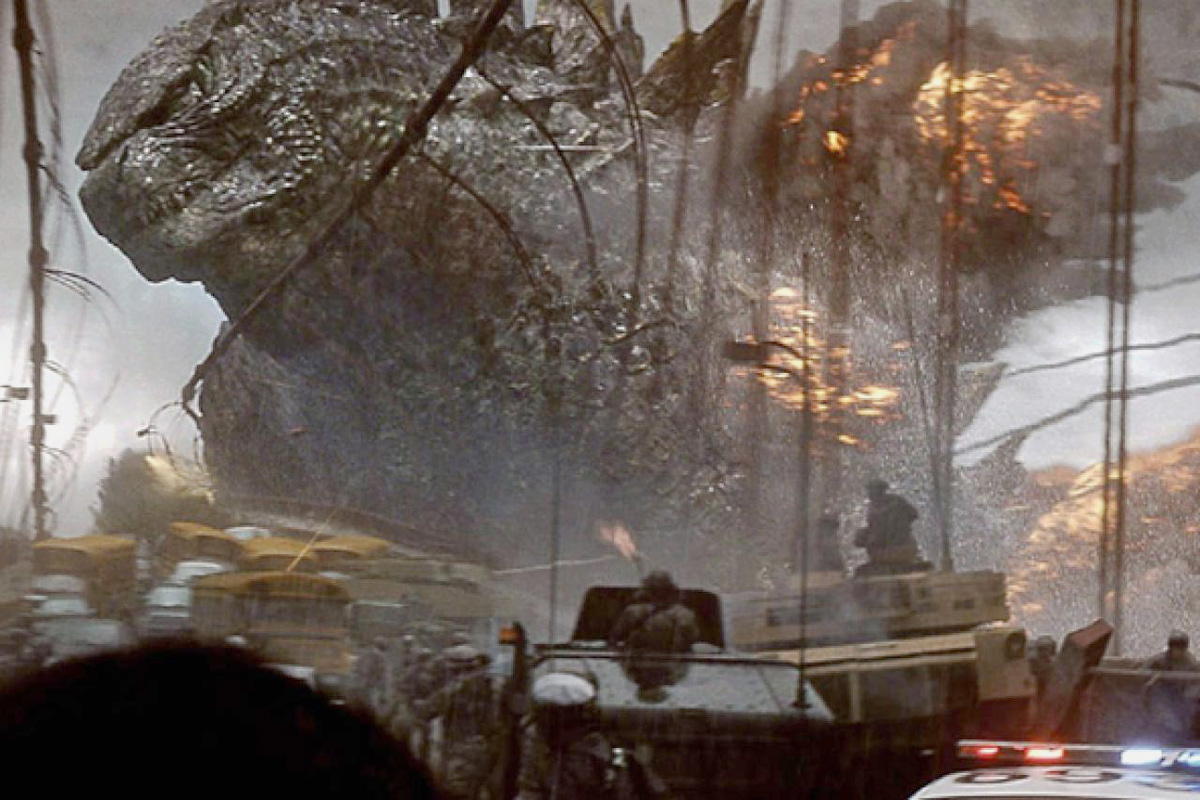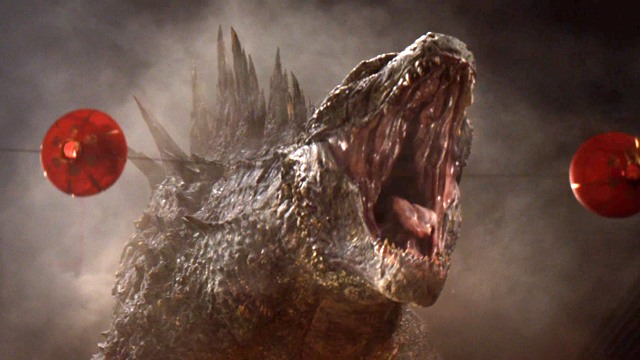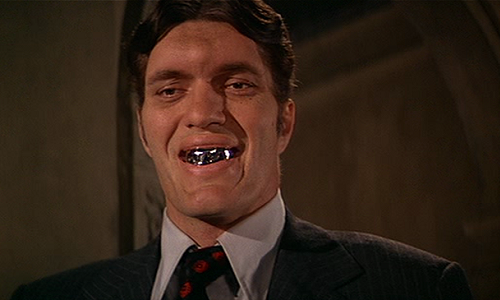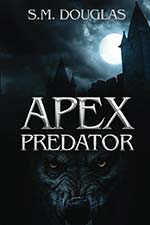In May I, like many others, ventured out to the local movie theater to watch the latest incarnation of Godzilla. I’ll be honest, I initially enjoyed the movie. In fact Gareth Edwards created a wonderful film. It was thoughtful, the beginning of the film featuring Bryan Cranston, playing American engineer Joe Brody at a nuclear power plant in Japan, offered a particularly interesting lead in to the Godzilla concept. A genuine sense of both personal loss and climactic foreboding pervaded the film’s first half hour. In short, and unlike so many other Hollywood blockbusters it offered a real story.
Now, this does not take away from decent size plot holes in the film, and a somewhat bland generic feel to the protagonist (played by Aaron Taylor-Johnson), Joe Brody’s navy officer son Ford. However, the supporting cast beyond Cranston is quite solid and generally the acting is not the issue with the film, nor is the plot, neither is the special effects (which were spectacular), or the attempt to link the film to very real underlying themes of the threat posed by nuclear power (much as did the first Godzilla of sixty years ago), and man’s general impotence in the face of nature. As such I walked out of the theater that Saturday late spring afternoon feeling that all in all it wasn’t a bad movie….but for one nagging problem that at the time I was willing to put aside.
Fast forward to two weeks ago. I was on a flight home from Europe. After six hours of reading and whatnot I was looking for more of a distraction for the last hour and a half of the flight. It wasn’t enough time to watch a movie I had not seen (something I did on the way there the week before – if you have not seen Snowpiercer do so – it is probably the best original Science Fiction film since District 9). But it was enough time to cue up something I had enjoyed enough on a previous viewing. Hence I picked Godzilla. And an hour and a half later and with the numerous interruptions provided by the pilot announcing one thing or another about our impending landing what had I seen? A significant chunk of a movie named Godzilla without seeing hardly anything of the actual Godzilla. And that my friends is the biggest problem with this film.
The fight scenes between the monsters or the monsters and the military, when they do happen, are spectacular.

But they are so brief in time, even the final battle is not more than a couple of minutes, that the movie commits perhaps the cardinal sin of a reboot of a popular franchise. It sidelines the very reason anyone is watching the movie in the first place: that being Godzilla himself. I get that the director, Gareth Edwards, wanted to offer a tribute to the first great Godzilla film, but that’s just it; this isn’t the first time anyone has seen Godzilla. It’s the thousandth time. Thus, any new Godzilla film better have Godzilla. Especially one as terrifying as the monster Edward’s team came up with; undoubtedly the finest rendition of any Godzilla – ever.

Thus the film serves as a cautionary warning. If you are going to make a monster movie, don’t forget the monster.




Recent Comments